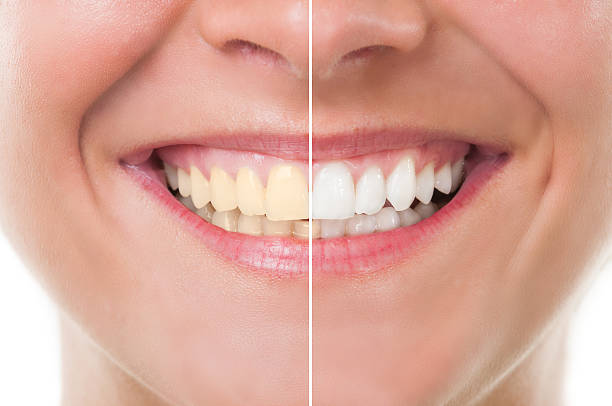The symptoms of eye allergies are treated with liquid medications called allergy eyedrops. Dust, ragweed, grass, pollen, pet dander, and other allergens can make your eyes itchy and swollen. For eye allergies, a variety of eye drops are used, including antihistamines, decongestants, mast cell stabilizers, and steroid eye drops. The actions of these various medications vary.
Depending on how severe your symptoms are, you’ll need to choose an eye drop. The nine best eye drops are listed in the following paragraphs if you are experiencing eye discomfort because of allergies.
Symptoms Of Allergic Conjunctivitis
According to Marc Goldstein, MD, allergy chief at Pennsylvania Hospital, allergies are typically more prevalent in the spring when allergens, like pollen, are abundant.
If you have eye allergies, Goldstein says, typical symptoms include:
- Itchiness in the white of the eye, the inner corner of the eyes, or along the eyelids
- Redness in the white of the eye
- Watery discharge from the eyes
- Itchiness and swelling on the skin around the eyes
In rarer cases, allergic conjunctivitis can cause:
- Blurriness
- Discoloration of skin under the eyes
Treat Eye Allergies With The Right Eye Drops
Drops work best for allergies that develop suddenly in the eyes.
Eye drops do not help with nasal symptoms, but are the quickest relief for eye symptoms like eye itching, tearing, redness of the white of the eyeball, and swelling in the tissues around the eye.
Depending on how they function, different kinds of allergy eye drops will either prevent or reduce symptoms. Both over-the-counter and prescription versions of these drops are offered.
Following are three typical allergy eye drops and the situations in which they are most useful.
Antihistamine Eye Drops
Eye drops containing antihistamines function by inhibiting the body’s response to histamine, which lessens symptoms such as itching and other discomforts. Within two minutes of use, these drops begin to relieve eye irritation almost immediately.
One of the most widely used types of over-the-counter antihistamine eye drops is Pataday.
Depending on the specific brand of drop you’re using, antihistamine drops can be taken more than once per day. Observe the recommendations on your eye drops.
Anti-inflammatory Eye Drops
Anti-inflammatory eye drops work on the nerve endings in and around the eye to lessen inflammation, including redness and swelling. Additionally, they can lessen itching.
There are two types of anti-inflammatory eye drops:
- Non-steroidal anti-inflammatory drugs (NSAID), like Acular
- Mast cell stabilizers, like Alomide, Alocril, or Alamat
Liu asserts that non-steroidal eye drops are more potent than antihistamines. Anti-inflammatory drops should only be applied for a brief period of time and for severe allergies due to the risk of serious side effects like cataracts and vision changes.
On the other hand, mast cell stabilizers stop mast cells from releasing histamine during an allergic reaction. The implication is that you won’t initially experience an allergic reaction upon exposure to an allergen.
Mast cell stabilizers are a good preventative, according to Liu, but you have to use them consistently throughout allergy season, 2–6 times per day, depending on the drops.
Combination Eye Drops
Due to their ability to both prevent and treat symptoms of eye allergies, combination eye drops that contain both antihistamines and mast cell stabilizers have emerged as a primary treatment.
Make sure the combination drops you use don’t contain a decongestant like tetrahydrozoline. Decongestant eye drops will lessen eye redness, but if used frequently, they may actually make it worse.
Best Eye Drops For Allergies
Best Overall: Bausch + Lomb Alaway Antihistamine Eye Drops
Customers claim that these allergy eye drops, which have 4.5 stars and nearly 9,000 ratings, are the best-reviewed and highest-rated allergy eye drops on Amazon. That could be because ketotifen, the king of antihistamine ingredients, is present in them.
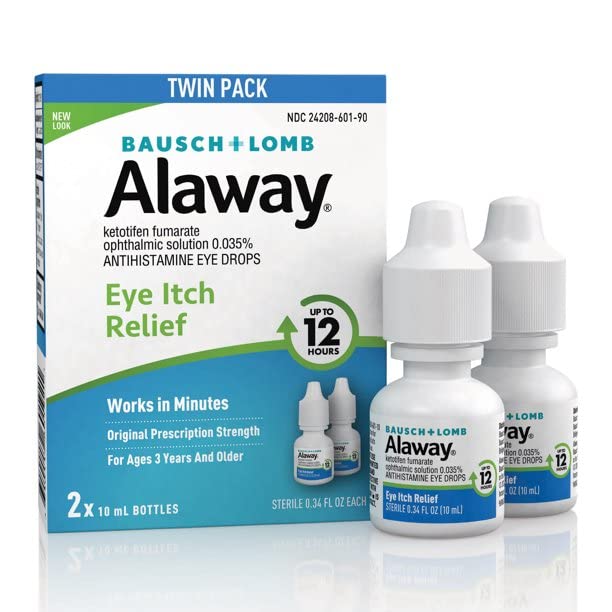
Pros
- works for up to 12 hours
- prescription strength for quick relief
- clinically tested
Cons
- cannot be used with contact lenses in the eyes
Best Once-daily: Pataday Once-Daily Relief
This Pataday extra-strength eye drops with olopatadine are great for people who prefer to take their drops once daily. Olopatadine is effective at preventing the histamine that is irritating your eyes, despite not being as popular as ketotifen.
Because you only need one dose per day, they are more expensive, but their costs are comparable to those of the other antihistamines on the list.
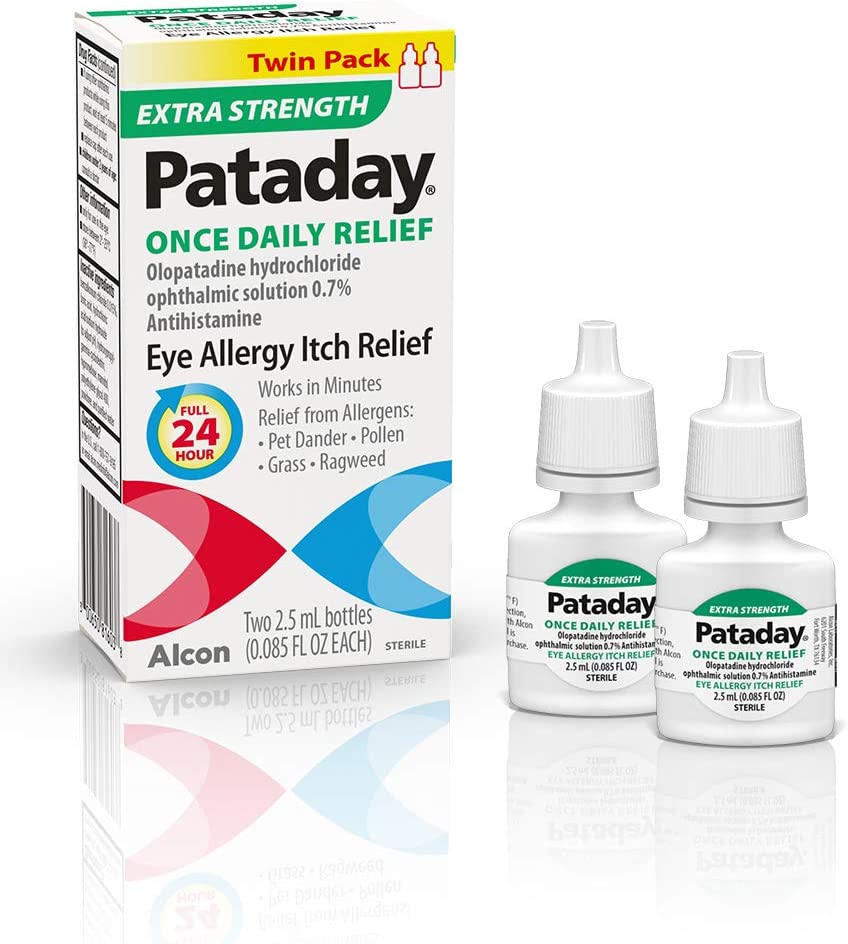
Pros
- only one dose is needed daily
- ingredients are known for blocking histamine response
- approved for use in children (over 2 years old)
Cons
- cannot be used with contact lenses in the eyes
- cannot be reapplied if effects wear off
Best Cooling: Rohto Ice All-in-one Multi-symptom Relief Cooling Eye Drops
Check out these cooling drops from Rohto if your eyes are burning. Although they don’t actually contain any antihistamines, they do aim to treat the eight most typical allergy symptoms: itching, burning, grittiness, stinging, redness, dryness, and irritation.
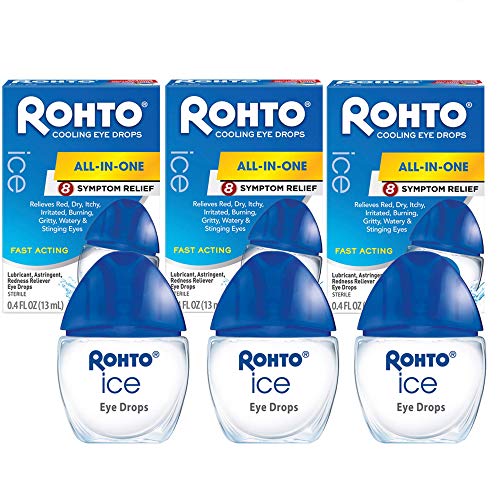
Pros
- targets multiple symptoms
- fast-acting
- good for eye strain
Cons
- does not block histamine
- has to be reapplied up to four times per day
- cannot be used with contact lenses in the eyes
Best Itch Relief: Zaditor Antihistamine Eye Drops
These antihistamine eye drops made with ketotifen claim to relieve itchy eyes for up to 12 hours. These prescription-strength drops received positive reviews from customers who reported that their symptoms improved quickly.
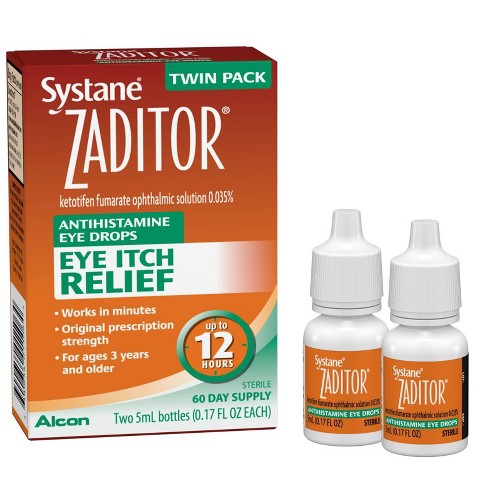
Pros
- does not contain vasoconstrictor (that reduces redness) so can be used in children aged 3 and up
- fast-acting
- works for 12 hours
Cons
- cannot be used while contacts are in the eyes
- contains preservatives
Best Budget: Visine Allergy Eye Relief Multi-action Eye Drops
Visine probably comes to mind when OTC eye drops are mentioned. The business has been in the eye care business for decades, and they provide a variety of formulations of eye drops to help with just about any eye issue you could have (yes, even eye strain from too much screen time).
Because Visine products are pretty affordable, their multi-action eye drop is a winning budget pick for anyone who needs allergy relief stat without shelling out lots of cash.
They’re the eye drops you should reach for when allergies catch you off guard and send you scurrying the pharmacy aisles in a state of desperation because they contain both an antihistamine for itching and a decongestant for redness.
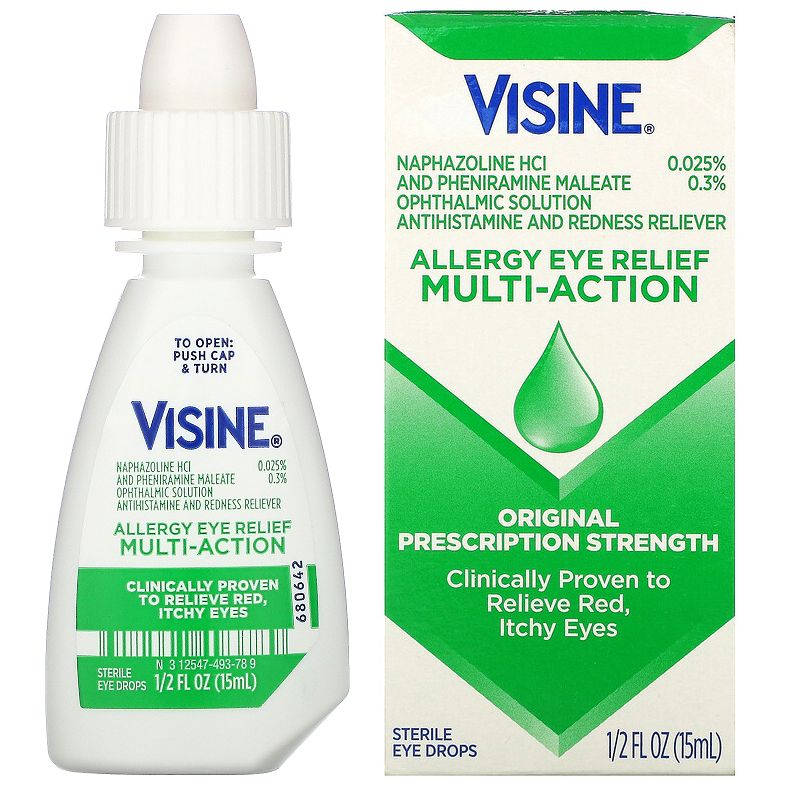
Pros
- Relieves itching and redness
- Works quickly
- Relatively affordable
Cons
- May cause redness rebound
- Doesn’t last as long as other drops
Best For Redness: Bausch & Lomb Opcon-a Allergy Eye Drops
Choosing drops with a decongestant like naphazoline will probably be necessary if redness is your main issue. As a vasoconstrictor, this component reduces the size of the inflamed blood vessels, making them less obvious.
Due to the addition of an antihistamine, Opcon-A is a good option for redness brought on by allergies. It can treat two symptoms at once by lessening localized redness as well as itchiness brought on by ragweed, pollen, grass, and pets.
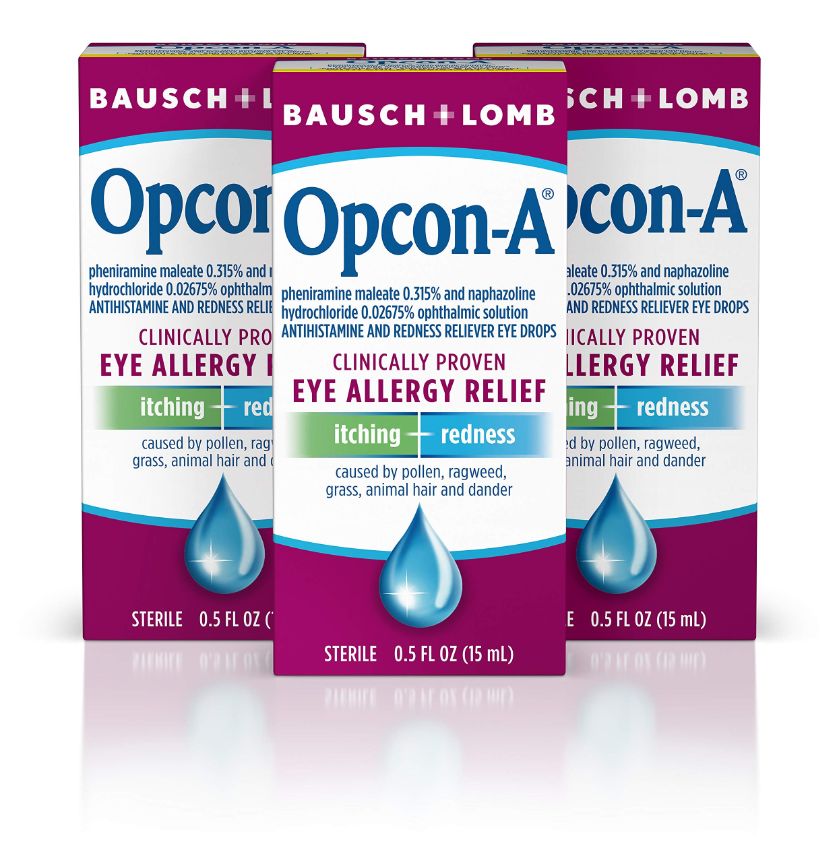
Pros
- Relieves itching and redness
- Relief of pollen, grass, and pet dander allergies
- Reduces redness
Cons
- May cause redness rebound
- May cause stinging and burning
Best For Contact Lens Wearers: Refresh Optive Lubricant Eye Drops
You don’t have to choose between wearing contacts and being free from allergy symptoms, which is good news for people who wear contacts and have allergies. It’s safe to use many allergy eye drops while wearing soft contacts.
The key in this situation is maintaining eye moisture because contact lenses and allergy irritants can negatively impact your eyes’ overall moisture.
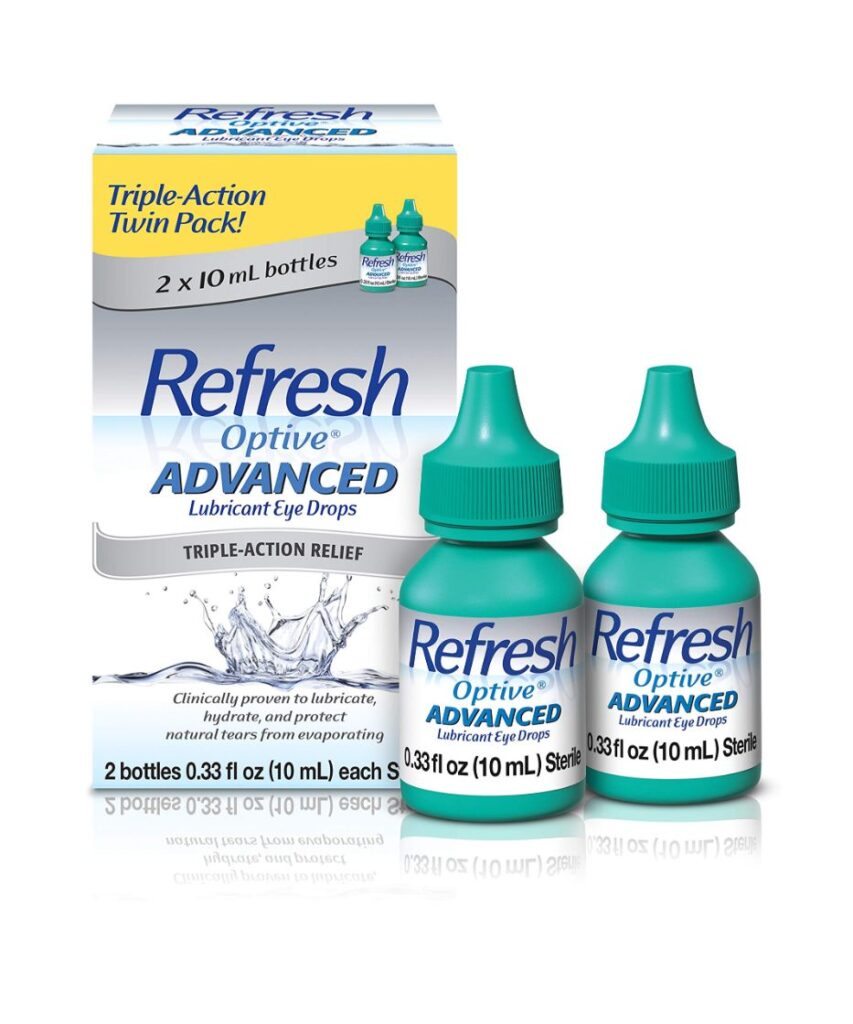
Pros
- Lubrication for dry eyes
- Can be used with contacts
- Relieves grittiness, blurriness, and itching
Cons
- Won’t treat allergies
- May need to be applied frequently
Best For Dry Eyes: Systane Lubricant Eye Drops
If dryness is the main symptom of your eye allergies, you might want to start out slow—with an artificial tear product—and work your way up from there. If lubrication eliminates your dryness issues, you may not need to use antihistamine or decongestant products.
Whenever you need to give your eyes a serious refresher, Systane eye drops are a consistently wise choice because they contain two different types of glycol, a humectant that draws and binds water to a surface.
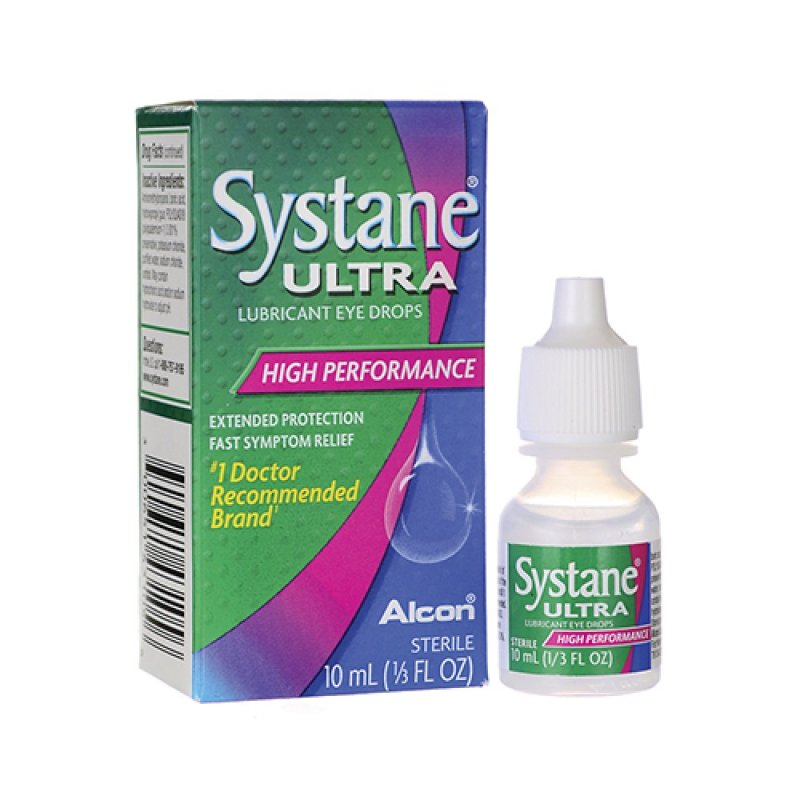
Pros
- Like artificial tears for dry, gritty eyes
- Long-lasting moisture for irritated eyes
- Can be used as needed
Cons
- Won’t treat allergies
- Not for use with contacts
Best For Natural: Similasan Allergy Eye Relief Drops
Similasan provides an eye drop with mild, non-irritating ingredients for people who want to treat eye allergies naturally, without drugs, preservatives, or other chemicals. These drops for allergy relief treat watery, itchy, stinging, and red eyes.
You can use the drops as needed without worrying about side effects or rebound symptoms because the ingredients are natural. They have three main botanical extracts that work to treat your symptoms naturally. Prior to using this product with contact lenses, the manufacturer suggests that users consult a doctor.
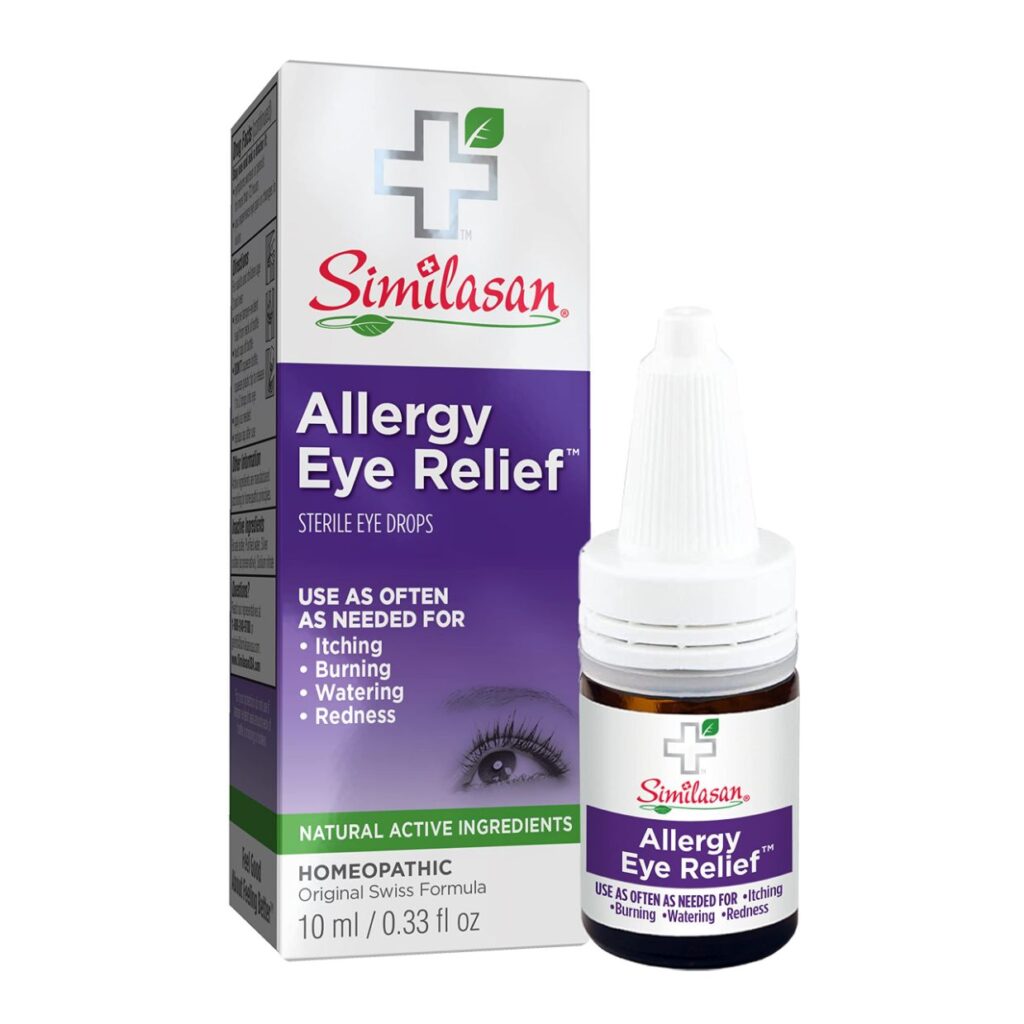
Pros
- No pharmaceutical ingredients
- Multi-symptom allergy relief
- Can be used as needed
Cons
- May not be strong enough for severe allergies
- Possibility of allergic reaction to natural ingredients
Active Ingredients In Eye Drops
There are essentially two types of drops to support your allergic eyes: those that help to address the histamine release (known as antihistamines and mast cell stabilizers) and those that help to lubricate the eye and calm down some of the irritation more generally.
Here are some of the common active ingredients found in eye drops that can support you when you’re dealing with allergies:
- Ketotifen, pheniramine, and olopatadine are antihistamines often found in allergy eye drops. You can feel relief from your allergy symptoms by preventing the release of histamine, either systemically with an oral antihistamine or locally with a topical antihistamine applied directly to the eye.
- Naphazoline is a decongestant that relieves the symptoms of red eyes from irritation, such as seen in an allergic reaction.
- Carboxymethylcellulose and glycerin are what’s known as “ophthalmic lubricants” which help to generally lubricate the eye and lock in moisture. This ingredient in an eye drop serves the same purpose as moisturizing cream on dry skin—to soothe irritation.
- Hypromellose is a common lubricant for dry and irritated eyes.
- Polyethylene glycol relieves dry, irritated eyes.
Remember to avoid using redness-reducing eye drops excessively. They have something called vasoconstrictors, which should not be used over an extended period of time.
Most of the eye drops for allergies on the list below cannot be used in the eyes of people who wear contacts. It is advised to take off the contact lenses, apply the eye drops, wait 15 minutes, and then put them back in without risk.
What Qualities Should Allergy Eye Drops Have?
Ingredients
There are two main kinds of ingredients in eye drops that can reduce your allergic reaction to seasonal or environmental triggers:
- Mast cell stabilizers
- Antihistamines
While lubricating eye drops, such as the polyethylene glycol present in artificial tears, may be useful in relieving irritation, they do not actually stop the histamine response that is the source of your problems.
Be prepared for some trial and error as the ingredient that will work best for each individual vary.
Although you might believe that more ingredients equate to more types of relief, this isn’t always the case. Decongestants, which are commonly found in eye drops, especially those that lessen redness, are vasoconstrictors and shouldn’t be used repeatedly.
Target Symptoms
You’ll need to do a little testing to find an allergy remedy that works for you because eye drops frequently target just one allergy symptom. You don’t need a multi-action drop if you only have one symptom, like dryness. On the other hand, if your eyes are itchy, red, and watery, that might be your best bet.
Like with any other medication, you can’t effectively treat your symptoms if you don’t know what they are. It’s crucial to make sure you’re dealing with eye allergies and not a problem similar to dry eyes or blepharitis (also known as granulated eyelids), as those conditions are treated differently.
Eye drops can treat symptoms, but the only way to completely prevent symptoms is to avoid your triggers. To pinpoint your specific symptoms and, ideally, identify your triggers, you may need to consult an allergist.
Dosage
The majority of drops call for one or two daily applications. The dosage you receive over a 24-hour period will be the same, but you may find that one method is more convenient for you than the other.
If, for instance, you use a once-daily drop and the effects start to wear off after 10 hours, it will be a while before you can take another dose.
However, taking out your contacts twice a day to apply drops can be a major hassle if you wear contacts. When deciding between 12- and 24-hour formulations, be sure to take your schedule and ability to use the drops into consideration.
Use With Contact Lenses
Make sure the eye drops are safe to use with your contacts since that brings up another important point. The majority of eye drop instructions advise delaying contact lens insertion for 10 to 15 minutes.


